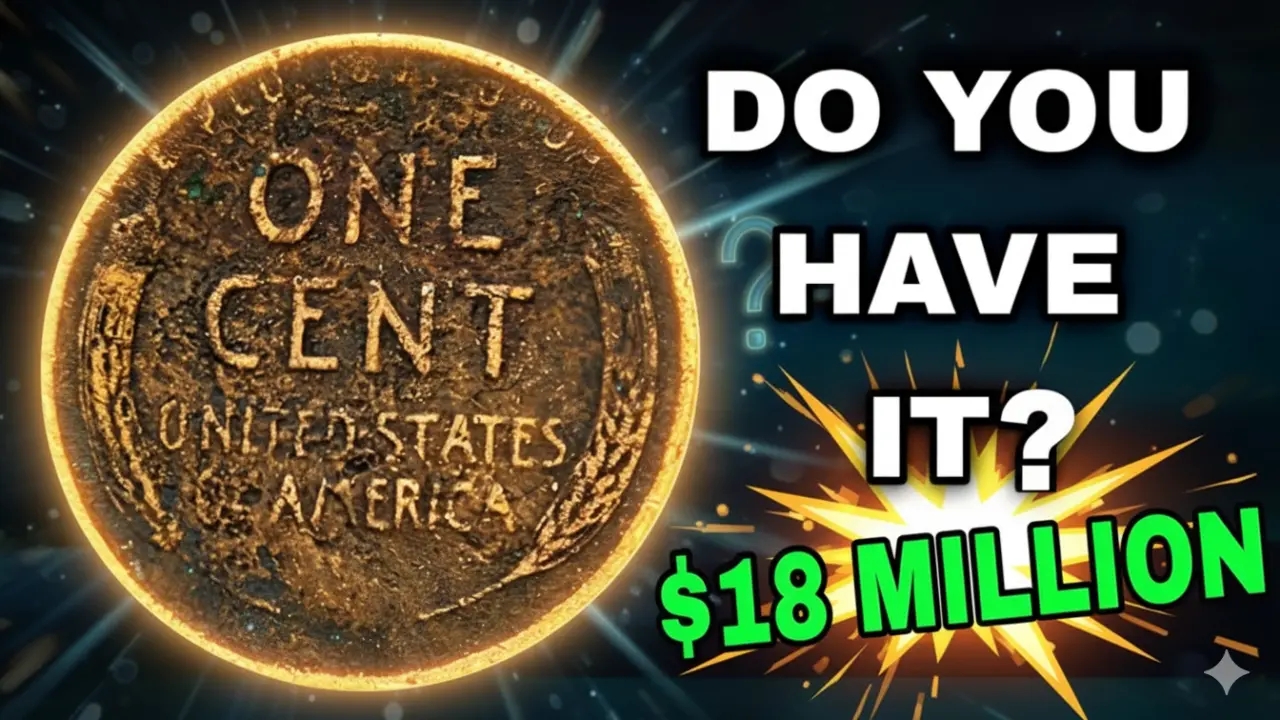If you’ve ever held a wheat penny in your hand and thought, “I wonder if this is worth anything,” you’re definitely not alone. These classic little coins — with their iconic wheat stalks on the back — have fascinated collectors and casual finders for decades. But here’s the big question: how much have their prices actually changed over the last 10 years? Well, the answer might surprise you — because while some wheat pennies have skyrocketed in value, others have remained, frankly, pretty humble. Let’s dig into what’s really happened in the world of wheat penny prices from 2015 to 2025.
A Quick Refresher: What Exactly Is a Wheat Penny?
Before jumping into price trends, it’s worth revisiting what makes these coins special. The wheat penny, officially known as the Lincoln Wheat Cent, was minted from 1909 to 1958. Designed by Victor D. Brenner, it features Abraham Lincoln on the obverse and two stylized wheat ears on the reverse — hence the name.
Collectors love them because they mark the first U.S. coin to feature a real person and represent an important era in American history. But more than that, certain rare mint years, errors, and pristine conditions can make some wheat pennies worth small fortunes.
The Market 10 Years Ago: 2015 Snapshot
Back in 2015, wheat penny collecting was already popular, but not quite the frenzy it’s become today. The average circulated wheat penny from the 1940s or 1950s might have sold for 3 to 10 cents, depending on condition. Rare dates, like the 1909-S VDB, were already fetching thousands — around $1,500 to $2,000 in decent condition.
The coin market was steady but not explosive. Many collectors viewed wheat pennies as affordable entry points into numismatics. Prices moved slowly, following traditional coin value trends — condition, rarity, and demand.
The Boom Years: 2020–2023
Then came a turning point — the pandemic years. When people stayed home, they rediscovered old hobbies. Coin collecting, including wheat pennies, saw a huge surge in interest. Online marketplaces like eBay and Etsy became hotspots for amateur dealers.
Collectors began scouring their old jars, garages, and inherited boxes of coins. Social media posts about rare finds, like the 1943 copper penny worth over $1 million, fueled the fire. Demand rose dramatically, especially for key dates and mint errors.
During this period, some wheat penny prices nearly doubled. For example:
- 1909-S VDB: rose from about $1,800 in 2015 to over $3,500 by 2022.
- 1914-D: climbed from around $250 to nearly $500 in fine condition.
- Common 1950s cents: increased from 3 cents to roughly 10–15 cents each in bulk lots.
It wasn’t just about rarity — it was nostalgia, too. Many people viewed these coins as tiny historical treasures, connecting them to their grandparents’ era.
2024–2025: Market Stabilization
By 2024 and 2025, prices began to settle down again. The initial boom cooled, and collectors became more selective. Common wheat pennies didn’t maintain the same inflated prices, but rare ones held strong — or even climbed higher.
Today, in 2025, the market looks more balanced:
| Year | Common Wheat Penny (Circulated) | Key Date (1909-S VDB) | Semi-Key (1914-D) | Mint Error Example | Overall Market Trend |
|---|---|---|---|---|---|
| 2015 | $0.03–$0.10 | $1,800 | $250 | $50–$100 | Stable |
| 2020 | $0.05–$0.15 | $2,500 | $350 | $100–$150 | Rising |
| 2022 | $0.10–$0.25 | $3,500 | $500 | $200+ | Peak Boom |
| 2024 | $0.08–$0.20 | $3,300 | $480 | $180 | Leveling |
| 2025 | $0.05–$0.15 | $3,400 | $490 | $200 | Steady |
Why Have Prices Changed?
A few big factors explain this decade-long journey:
- Collector Interest: The pandemic-era surge brought in thousands of new coin hobbyists.
- Online Marketplaces: Accessibility exploded. Suddenly, anyone could buy or sell wheat pennies worldwide.
- Media Influence: Viral videos about “million-dollar pennies” made headlines and spiked short-term interest.
- Economic Factors: Inflation and precious metal speculation nudged people toward tangible assets like coins.
- Condition Awareness: Grading services like PCGS and NGC gained popularity, helping people realize just how much condition matters.
To be fair, though, while the hype pushed prices up, it also led to a bit of overvaluation. Some casual collectors expected every wheat penny to be rare — which simply isn’t true.
The Future of Wheat Penny Prices
Looking ahead, most experts predict steady growth rather than wild spikes. Rare coins will continue appreciating, especially top-graded specimens. However, everyday circulated wheat pennies will likely stay modest in value — more sentimental than financial.
Still, the long-term outlook is positive. Lincoln cents remain one of America’s most collected coin series, and with each passing decade, fewer unsearched rolls exist. That scarcity alone could boost values over time.
Honestly, if you’re holding onto wheat pennies, keep them. Even if they don’t make you rich, they’re pieces of history that only get rarer with age.
FAQs
1. Are all wheat pennies valuable?
Not exactly. Most are worth between 3 and 15 cents unless they’re rare dates, mint errors, or in mint condition.
2. Which wheat penny is the rarest?
The 1909-S VDB and 1943 copper penny are the two most famous and valuable examples.
3. Should I clean my wheat pennies before selling them?
No, definitely not. Cleaning can actually lower their value — collectors prefer natural patina.
4. How can I find out what my wheat penny is worth?
Use online price guides or professional grading services like PCGS or NGC for accurate valuation.
5. Will wheat penny prices keep rising?
Most likely, yes — but slowly. Rare coins and top grades will continue to see healthy appreciation.
